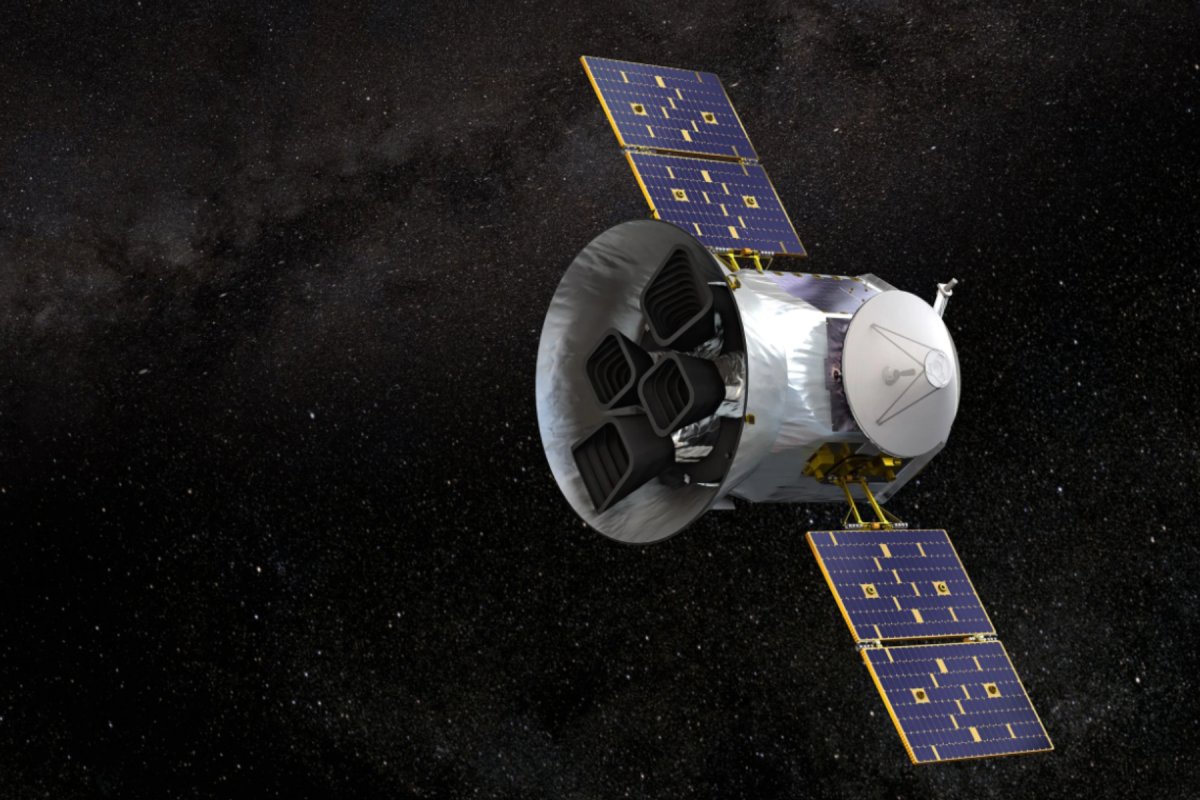Skygazers, rejoice! A captivating discovery has been unearthed in the cosmos – a rare exoplanet nestled within the habitable zone of a binary star system. This newfound world, christened TOI 4633 c (or “Percival”), resides roughly 310 light-years from Earth, offering a glimpse into the wonders that lie beyond our solar system.

Citizen Scientists: Unveiling a Hidden World
The credit for this exciting discovery goes in part to the invaluable efforts of citizen scientists. By meticulously sifting through data collected by NASA’s Transiting Exoplanet Survey Satellite (TESS), these dedicated individuals played a crucial role in identifying the subtle dimming of a distant star caused by TOI 4633 c passing in front of it – a technique known as the “transit method.”
A World of Intrigue: A Distant Neptune
An analysis of the transit revealed that TOI 4633 c completes a full orbit around its host star every 272 days, making it an unusually distant world. This extended orbit positions it squarely within the habitable zone, the region where liquid water, a potential prerequisite for life as we know it, could exist on a planet’s surface. However, TOI 4633 c itself is likely a gas giant, similar to Neptune, with a thick atmosphere composed primarily of water vapor, methane, and hydrogen.
The Binary Twist: A Starry Puzzle
While initially identified as orbiting a single star, further investigation revealed a surprising twist. The host star is actually a binary system, consisting of two stars locked in a gravitational embrace. Unfortunately, with current technology, astronomers are unable to pinpoint which of these two stars TOI 4633 c actually orbits. This determination might have to wait up to 30 years, until the two stars in the binary system move far enough apart for a clearer view.
The Allure of Moons: A Beacon of Hope
Despite the lack of a solid surface on TOI 4633 c itself, scientists remain enthusiastic. The extended orbital period of planets like TOI 4633 c increases the likelihood of them harboring moons. These moons, if they exist, could potentially possess solid surfaces, making them intriguing candidates in the ongoing quest for extraterrestrial life.
A Stepping Stone to the Future
The discovery of TOI 4633 c represents a significant leap forward in our understanding of exoplanet formation, particularly within binary star systems. By unraveling the mysteries surrounding this unique world and its relationship with its binary companions, scientists hope to refine their ability to identify potentially habitable planets around distant stars. This knowledge will be instrumental in guiding future exoplanet exploration endeavors, allowing us to peer deeper into the cosmos and unlock its secrets.
The TESS Citizen Science program exemplifies the power of collaboration. The dedication of citizen scientists, coupled with the ingenuity of professional researchers, is propelling us towards a new era of astronomical discovery. As we continue to unravel the tapestry of the universe, one can only imagine what other captivating celestial wonders await to be revealed.



















